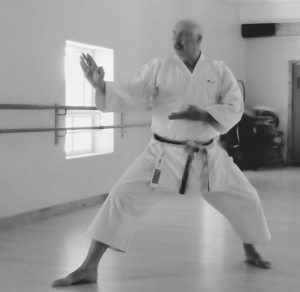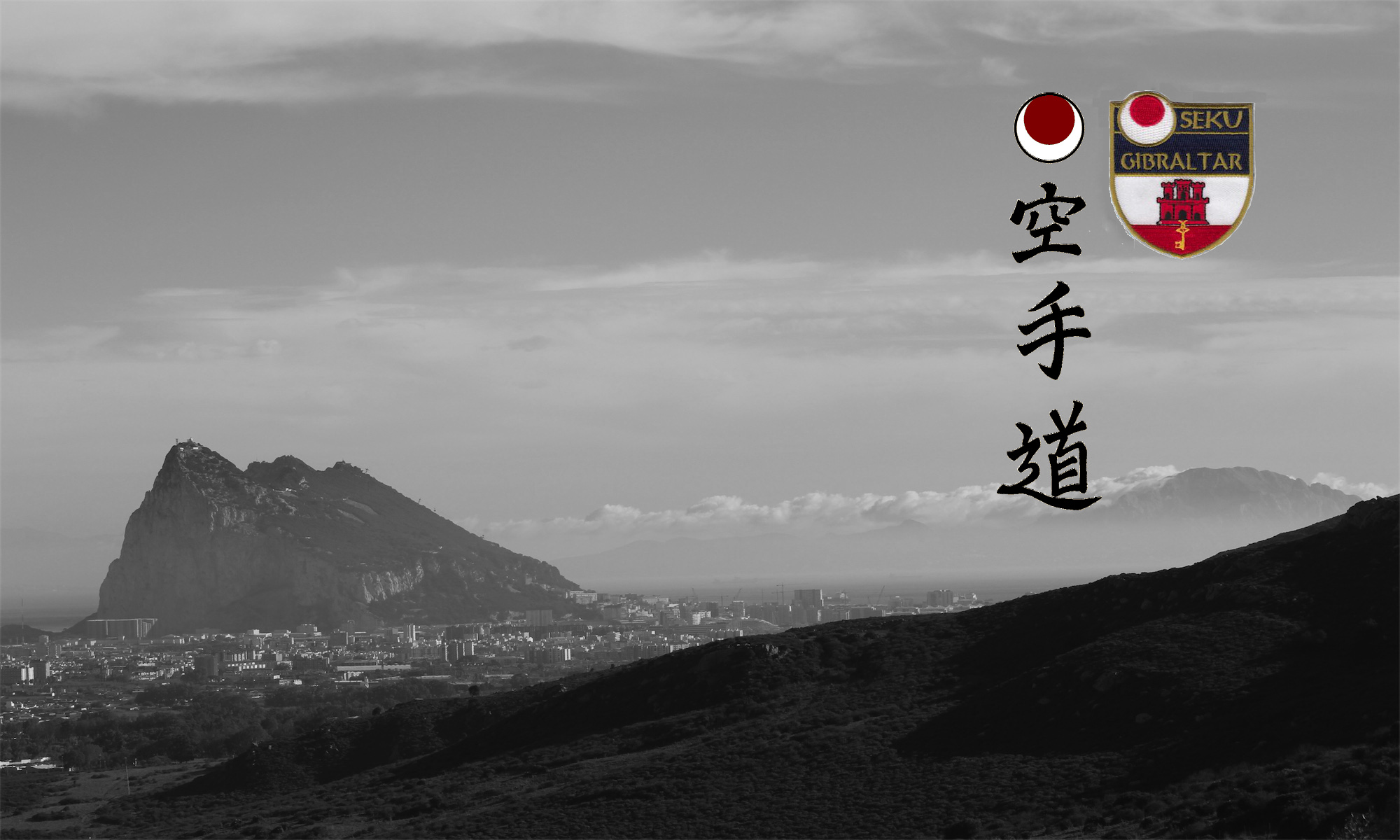Welcome to the Gibraltar Shotokan KC website.
Please register any interest at sensei@gibshot.com
Gibshot’s President & Chief Instructor is Frankie Hatton (4th dan). The club has had a presence on the Rock for more than 20 years. We are affiliated and licensed through the Shotokan of England Karate Union (SEKU) whose Chairman & Chief Instructor is Sensei Brian Smith 7th dan.

Gibraltar SKC traces its origins through Frankie via his mentor & instructor Sensei Mick Dewey (8th dan) who regularly visits the Rock. Mick’s instructor was no less than Keinosuke Enoeda (9th dan) who taught at the famous Marshall Street dojo near London’s Carnaby Street. Frankie also regularly trained at Enoeda sensei’s dojo there between 1998 and 2000 when working in central London attending lunchtime classes.
Sensei Enoeda’s instructors were none other than Masatoshi Nakayama & Taiji Kase both of whom were taught by the founder of Shotokan Karate Gichen Funakoshi.
Frankie has trained around the world in Japan, Brazil, Spain, Germany, USA, Hong Kong and Australia. Apart from Sensei’s Enoeda & Mick Dewey he has been on the same dojo floor as some very notable instructors; namely Masao Kawasoe, Dave Hazard, Aiden Trimble, Malcolm Phipps, Terry O’Neill, Billy Higgins, as well as notable Japanese instructors Sensei’s Asano, Nagai, Mirukama, Miura, Tatsuya Naka, Shinjin Akita, Yoshi Ohta and though not shotokan he was given the opportunity to train with Mitsusuke Harada (5th dan the founder of Shotokai karate who trained and was awarded his dan grade by none other than Gichen Funakoshi in 1956).
For further information contact Frankie on 00350 54038127 or email sensei@gibshot.com
If you wish to train you are welcome we are affiliated to the Shotokan of England Karate Union (SEKU) Head of which is Sensei Brian Smith 7th dan

 Sanbon kumite – three step sparring, pre-arranged attack and counter exercise for beginners
Sanbon kumite – three step sparring, pre-arranged attack and counter exercise for beginners